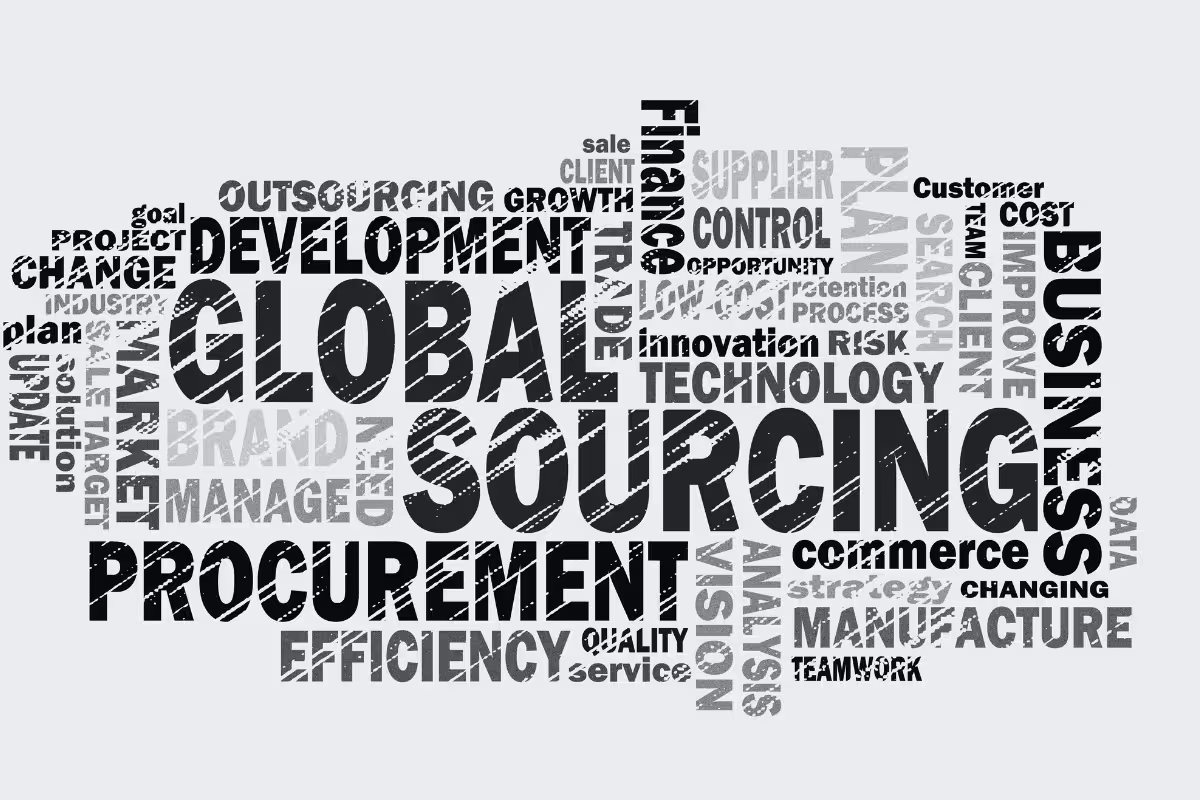Update (11/10/25): On November 11th, President Trump formalized a cut to the fetanyl-related tariffs on China to 10%. The additional duties on China are now down to 20% (fentanyl-related + reciprocal tariffs). The cut does not include the product-specific Section 301 duties.
Update (10/29/25): On October 28th, the Wall Street Journal reported that the U.S. could cut the 20% fentanyl-related tariffs on China to 10%. This would bring the additional duties on China down to 20%-40%.
Update (10/26/25): Treasury Secretary Scott Bessent said that the additional 100% tariffs on China are "effectively off the table". This comes after two days of meetings with Beijing's top trade negotiators. A meeting between President Trump and President Xi is planned for Thursday, October 30th during the APEC summit in South Korea. Trump said he hopes to leave the meeting with a "complete" and "comprehensive" deal.
Update (10/10/25): President Trump announced a new 100% tariff on all Chinese imports, effective November 1st, on top of existing duties. The move follows China’s decision to restrict exports of rare earth minerals — materials essential to high-tech manufacturing. The U.S. will also impose export controls on “critical software” the same day. These measures mark a sharp escalation in the U.S.–China trade dispute and will likely raise costs across many product categories, further accelerating the shift toward diversified and near-shore manufacturing.
Update (9/30/25): The Supreme Court is set to hear arguments in early November on the legality of the current administration’s “reciprocal tariff” policy. While lower courts have questioned the scope of those duties, the current rates remain in effect pending the outcome. For now, the U.S. and China have maintained a temporary tariff truce, easing pressure on importers after years of volatility. This pause offers apparel brands a moment of stability to plan sourcing strategies with greater confidence, whatever direction the final ruling takes.
Update (6/17/25): U.S. tariffs on apparel imports from China have been changing rapidly. The additional duties on China now range from 30%-50%. There is a baseline 10% tariff on all apparel imports, 20% "fentanyl-related duty", and 0%-20% Section 301 duties from Trump's first administration. When you add up the new additional tariffs, the total duties range between 30%-70%. While the China tariffs increase production costs, we find that China is often still the cheapest, highest-quality option for many small and mid-sized brands. While moving production to countries outside of China may seem like the move, it isn't always viable for small apparel brands due to minimum order quantities and fabric constraints.
What China Tariffs Mean for Your Brand
US tariffs are designed to protect domestic industries, but for apparel brands, they mean a direct increase in costs. Tariffs can significantly impact the cost structure of your products, affecting everything from fabrics and materials to finished goods. This increase poses a real challenge for small apparel brands that operate on tight margins and have limited options.
The Production Challenges You Face
- Increased Production Costs: The China tariffs adds an extra layer of expense, impacting both material costs and overall production budgets.
- Supply Chain Disruptions: Unexpected cost increases can force apparel brands to adjust their supply chains, often leading to delays and inefficiencies.
- Competitive Pricing Pressure: Small fashion brands must balance rising costs while still offering competitive prices to their customers.
1. Optimize Your Supply Chain in China
Before considering a shift to another production hub, focus on optimizing your existing supply chain:
- Negotiate Better Terms: Work directly with your suppliers to secure volume discounts or more favorable contract terms.
- Consolidate Orders: Decreasing order frequency can help meet larger minimum order quantities and reduce per-unit costs.
2. Adjust Your Product Line Strategically
- Focus on High-Margin Items: Identify and prioritize products that can better absorb increased costs.
- Streamline Offerings: Reduce the number of styles to concentrate on best-selling items, thereby lowering production complexity.
- Add Value: Enhance your styles with unique design features or improved materials to justify a higher retail price.
3. Engage in Strategic Financial Planning
- Reevaluate Pricing Strategies: Adjust your pricing to reflect increased apparel production costs while maintaining customer loyalty.
- Identify Cost Savings: Look for opportunities in your overall cost structure to absorb tariff-induced price hikes.
- Plan for Volatility: Build financial models that account for potential fluctuations in tariffs and exchange rates, ensuring your brand remains agile.
4. Diversify with MakeMine's Factory Network
MakeMine’s trusted factory network spans across the globe—from Latin America to Southeast Asia. Our pre-vetted infrastructure allows brands to quickly respond to the challenges posed by tariffs:
- Analyze costs in our Latin America & Southeast Asia locations: Upload your tech packs to analyze pricing, MOQs, tariffs, and lead times from our global factory network.
- Compare your pricing with our China location: Our cut and sew manufacturers in China offer us highly competitive pricing, giving you the flexibility to explore different sourcing options without having to overhaul your entire supply chain.
- Set up a complementary call with our team: We've helped hundreds of brands evaluate their supply chains. You're welcome to reach out for an initial call, free of charge.
Final Thoughts
U.S. tariffs on China apparel production present significant hurdles, but they also offer an opportunity to refine your sourcing and production strategies. With MakeMine’s platform and team of experts, you gain access to advanced technology, real-time data insights—all designed to help you manage the tariff increase while maintaining your competitive edge.






.png)